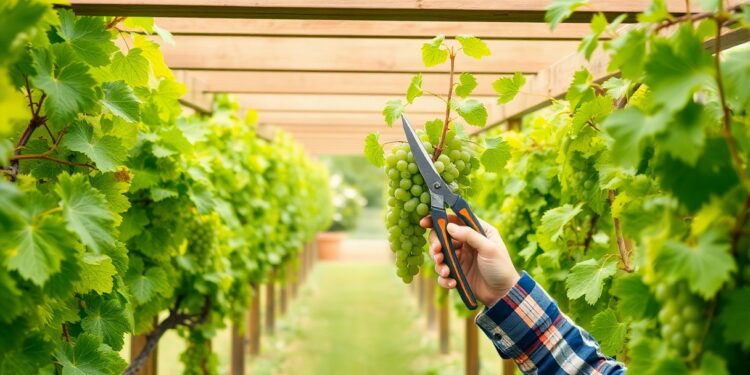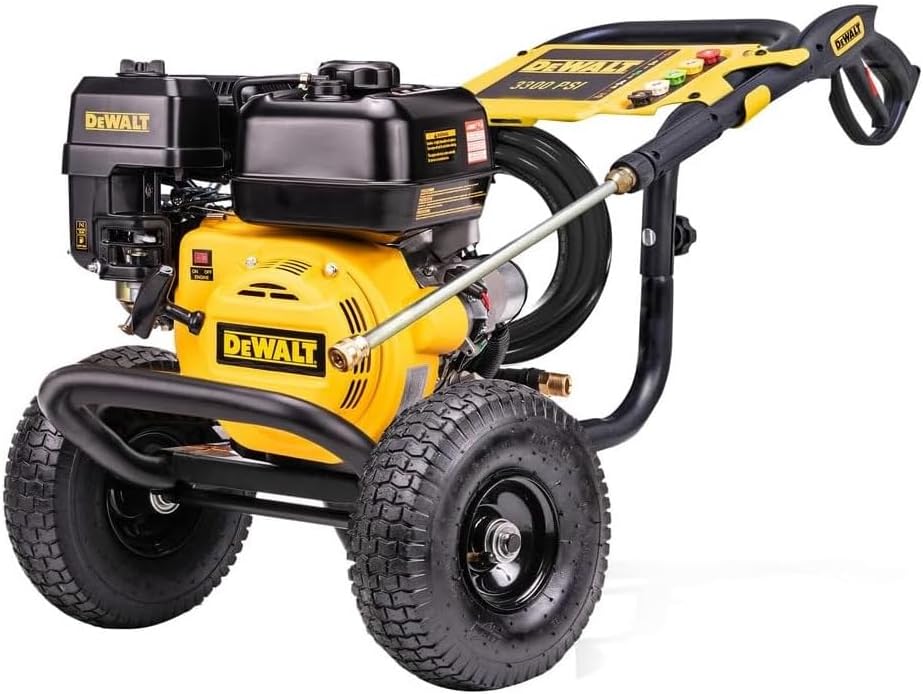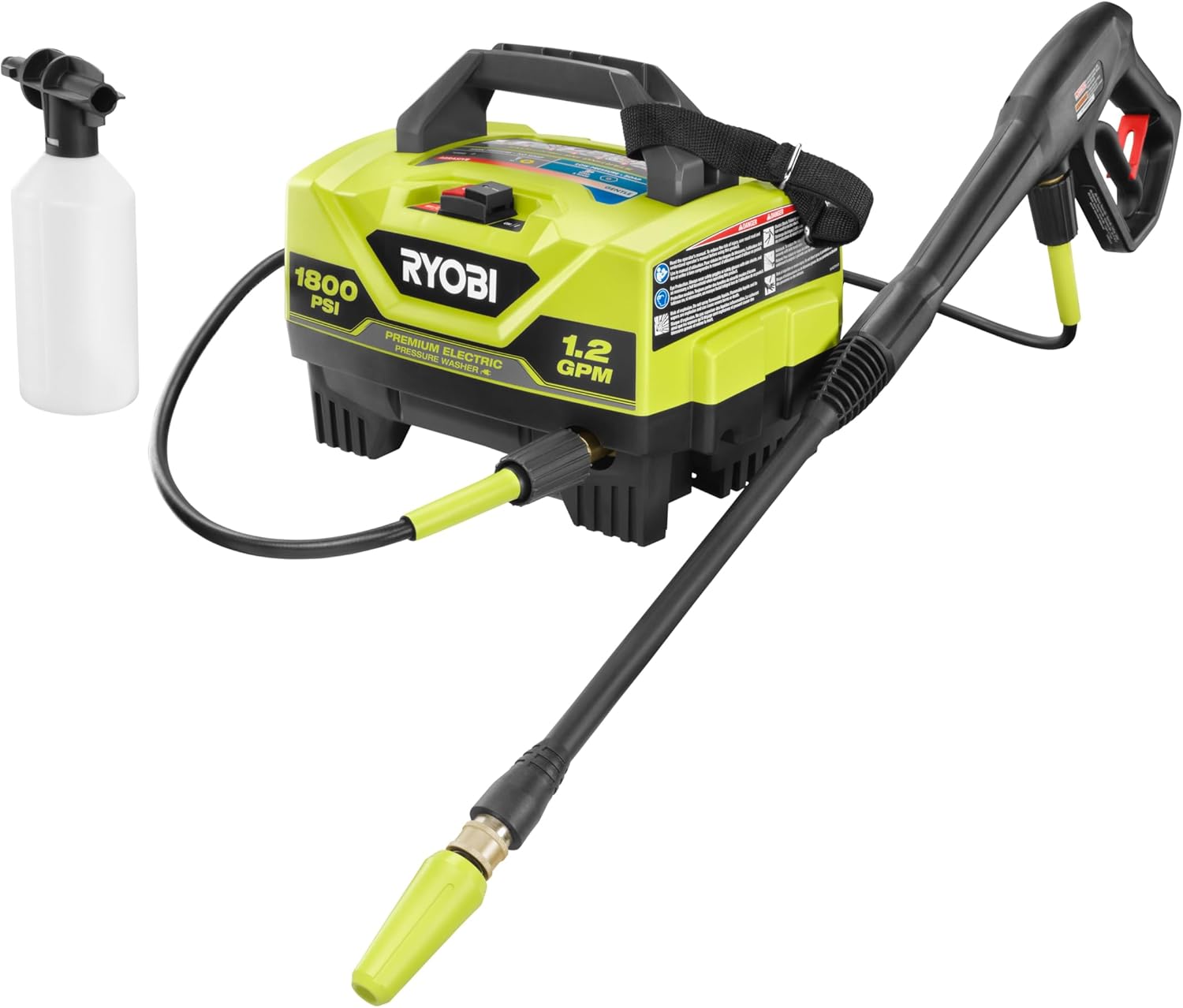Pruning your grapevines might initially seem daunting, but with the right techniques, you can create a lush and productive arbor. By working with nature, you can train your vines to thrive and produce delicious grapes while enhancing your outdoor space. In this guide, you’ll discover the simple steps to effectively prune your grapevines, ensuring they flourish on your arbor and provide a stunning centerpiece for your garden. Let’s get started on transforming your grapevines into a beautiful and bountiful edible display!
Understanding the Basics of Pruning Grapevines
A fundamental aspect of growing healthy grapevines on an arbor involves mastering the art of pruning. Proper pruning enhances air circulation, sunlight penetration, and promotes optimal fruit development. Familiarizing yourself with the basic principles will empower you to keep your vines lively and productive, ensuring a thriving harvest year after year.
Why Prune Grapevines?
If you want your grapevines to flourish, pruning is crucial. It helps to remove dead or unproductive wood, encourages new growth, and shapes the vines to maximize sunlight exposure. With careful pruning, you can balance foliage and fruit, improving the overall health of your plants.
Key Factors to Consider
The key factors to consider when pruning your grapevines include vine age, growth patterns, and the season. Be attentive to these elements to achieve the best results:
- Assess the vine’s age and health
- Observe the natural growth patterns
- Time your pruning during the appropriate season
After evaluating these factors, you can make informed decisions about how to prune effectively.
It’s also important to take into account your desired vine shape and size. Different grape varieties may require specific pruning techniques for optimal yield. As you familiarize yourself with your vines, consider the following additional aspects:
- Check for previous pruning cuts
- Evaluate the spacing between vines
- Plan for future growth and expansion
After you’ve gathered this information, you’ll be set to prune your grapevines confidently.
The Best Time to Prune
Some experts agree that the optimal time for pruning your grapevines is in late winter or early spring, just before the buds begin to swell. This timing allows your vines to recover from the cuts and encourages robust growth as they enter the growing season. Pruning during this period helps ensure that your arbor is filled with healthy, thriving vines.
Seasonal Timing Tips
Even when planning to prune, taking note of seasonal conditions can make a big difference. Here are a few tips to help you decide when to prune:
- Prune when the risk of frost has passed.
- Avoid pruning during heavy rain or storms.
- Timing can vary based on your local climate.
Assume that if the buds are still dormant, it’s a safe time for pruning.
Signs Your Grapevines Need Pruning
With grapevines, a little attention goes a long way, and you’ll be able to identify when they need pruning. Look for signs like excessive growth, tangled branches, or deadwood. If you notice these issues, it’s a good indication that your vines would benefit from some careful trimming.
Understanding the signs that your grapevines need pruning can help you maintain healthy plants and maximize your harvest. Check for overly vigorous canes, which may crowd the vine and lead to poor air circulation. You may also see spindly shoots or an abundance of unripe grapes left after harvest, indicating that it’s time to rejuvenate your plants with some careful cuts. By pruning at the right time and being aware of these signs, you can ensure that your grapevines remain healthy and productive.
Tools You’ll Need for Pruning
The right tools can make your pruning experience much smoother and more efficient. Whether you’re trimming for the first time or you’re a seasoned pro, having the appropriate equipment ensures that you can handle your grapevines with care. Essential tools include hand pruners, loppers, a pruning saw, and a sturdy pair of gardening gloves to protect your hands while working. With these tools in hand, you’ll be well-prepared to sculpt your grapevines for a beautiful arbor.
Essential Pruning Tools
If you want to make precise cuts and avoid damaging your grapevines, investing in a few necessary pruning tools is vital. High-quality hand pruners will help you snip away small branches, while loppers are perfect for thicker growth. A pruning saw can tackle the largest limbs, and don’t forget a pair of gloves to keep your hands safe.
Safety Tips While Pruning
The safety of your hands and eyes is paramount when using sharp tools for pruning. Start by wearing safety goggles to protect your eyes from debris, and make sure to use gloves to avoid cuts and scrapes. Always cut away from your body, and keep your tools sharp to ensure clean cuts. Check the area for potential hazards, like uneven ground or low-hanging branches. Follow these helpful tips:
- Wear sturdy gardening gloves
- Protect your eyes with safety goggles
- Keep your work area clear of distractions
- Always cut away from yourself
Thou will thank yourself later for taking these precautions! A safe pruning session will keep you focused on shaping your grapevines without worrying about injuries.
A few more safety practices you should consider include inspecting your tools regularly and maintaining a firm grip while cutting. If you’re using ladders to reach higher vines, ensure they’re stable and that someone else is around to assist you if needed. Follow these additional tips to create a safer pruning environment:
- Inspect tools for damage before use
- Ensure your ladder is stable and secure
- Work in pairs, whenever possible
- Take breaks to avoid fatigue
Thou will have a more enjoyable pruning experience when you prioritize safety!
How to Prune Grapevines Step-by-Step
Not all grapevines require the same pruning approach, but following a step-by-step process will help you achieve healthy growth. The table below outlines the primary steps you should take when pruning your grapevines:
| Step | Description |
|---|---|
| 1. Assess your vine | Review the previous season’s growth and identify strong canes. |
| 2. Choose your method | Decide between spur pruning and cane pruning based on your vine type. |
| 3. Make cuts | Cut back the canes or spurs to promote new growth. |
| 4. Clean up | Remove any dead wood and excess growth to improve airflow. |
Determining the Right Cut
Even the smallest cut can make a big difference in your grapevines’ productivity. Identifying the right cut starts with understanding the previous year’s growth pattern. Look for healthy canes that grew well and keep those while removing weaker or overcrowded ones. This selective cutting ensures optimal production for the coming season.
Techniques for Effective Pruning
The best approach to pruning involves using the right techniques to ensure your grapevines thrive. Start by using sharp, clean tools to make precise cuts, which helps prevent disease. Angle your cuts to promote healing, and try to leave a few buds on each cane for new growth. Consistency in your techniques will yield the best results as you develop your gardening skills.
Plus, consistent pruning practices will help you learn more about your specific vines over time. Each season offers an opportunity to assess how well your grapevines produced, allowing you to adjust your techniques as needed. Also, safeguarding your tools and keeping them sterilized can elevate your pruning sessions, ensuring your plants remain healthy and vigorous.
Common Mistakes to Avoid
For successful grapevine pruning, it’s crucial to stay clear of common pitfalls. Many gardeners tend to prune too aggressively or not enough, which can hinder your vines’ growth and yield. Pay attention to these mistakes to ensure your arbor thrives and produces delicious grapes for you to enjoy.
Over-Pruning versus Under-Pruning
To achieve the best results with your grapevines, find a balance between over-pruning and under-pruning. Too much pruning can stress your plants, while too little may lead to a tangled mess that restricts air circulation and light. Aim for healthy growth by targeting the right amount of wood during your pruning sessions.
Timing Errors to Watch For
Mistakes in timing can significantly affect your grapevines’ health and fruit production. Pruning at the wrong time can expose your plants to frost damage or disrupt their natural growth cycle. Take care to prune during the appropriate season for your grape variety to help your vines thrive.
Plus, be aware that pruning too late in the season can hinder new growth, while early pruning might expose tender buds to chilly temperatures. Aim to prune when your vines are dormant, typically in late winter or early spring, just before new growth begins. This timing allows your grapevines to recover quickly and set the stage for a bountiful harvest.
Maintaining Your Pruned Grapevines
Unlike other plants, your grapevines require specific care to thrive after pruning. Proper maintenance will ensure they grow beautifully on your arbor, providing a lush, green canopy and delicious grapes. Regularly check for any signs of pests or diseases, and be diligent about watering and fertilizing as needed to support healthy growth.
Post-Pruning Care Tips
The success of your pruned grapevines relies on attentive care after pruning. Here are some crucial tips to follow:
- Water your vines adequately, especially during dry spells.
- Apply a balanced fertilizer to promote new growth.
- Remove any dead or damaged wood as it appears.
- Monitor for pests and take action as needed.
After following these tips, your grapevines will be well on their way to thriving.
Encouraging Healthy Growth
The key to encouraging healthy growth in your grapevines lies in providing the right environment and consistent care. Make sure your vines receive enough sunlight, ideally at least six hours a day. Keeping the soil well-drained and regularly mulching around the base can help retain moisture and suppress weeds.
Encouraging your grapevines to grow strong means giving them the right nutrients and conditions to flourish. Regularly check the soil moisture and adjust your watering schedule accordingly. Additionally, support healthy development by pruning appropriately each season and ensuring your arbor offers the necessary structure for climbing. With your dedication, your grapevines will reward you with abundant foliage and tasty grapes over time.
Conclusion
Taking this into account, pruning your grapevines not only helps them grow beautifully on your arbor but also ensures a healthier and more fruitful harvest. By following the proper techniques and timing, you can guide your vines effectively while enhancing their appearance. Each season offers a fresh opportunity to refine your approach, so embrace the journey and enjoy the satisfaction that comes with nurturing your grapevines. Happy pruning!

















